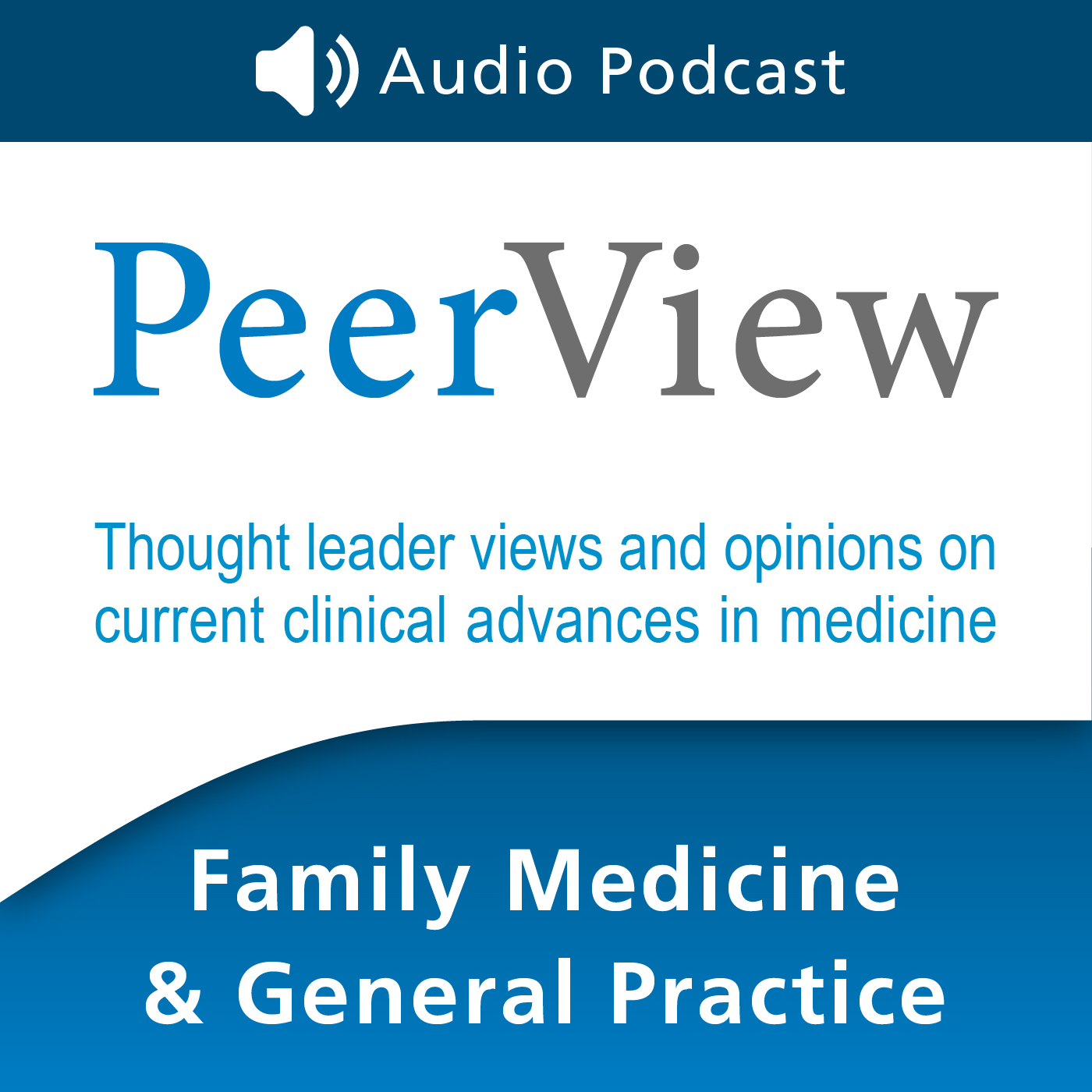- After-Shows
- Alternative
- Animals
- Animation
- Arts
- Astronomy
- Automotive
- Aviation
- Baseball
- Basketball
- Beauty
- Books
- Buddhism
- Business
- Careers
- Chemistry
- Christianity
- Climate
- Comedy
- Commentary
- Courses
- Crafts
- Cricket
- Cryptocurrency
- Culture
- Daily
- Design
- Documentary
- Drama
- Earth
- Education
- Entertainment
- Entrepreneurship
- Family
- Fantasy
- Fashion
- Fiction
- Film
- Fitness
- Food
- Football
- Games
- Garden
- Golf
- Government
- Health
- Hinduism
- History
- Hobbies
- Hockey
- Home
- How-To
- Improv
- Interviews
- Investing
- Islam
- Journals
- Judaism
- Kids
- Language
- Learning
- Leisure
- Life
- Management
- Manga
- Marketing
- Mathematics
- Medicine
- Mental
- Music
- Natural
- Nature
- News
- Non-Profit
- Nutrition
- Parenting
- Performing
- Personal
- Pets
- Philosophy
- Physics
- Places
- Politics
- Relationships
- Religion
- Reviews
- Role-Playing
- Rugby
- Running
- Science
- Self-Improvement
- Sexuality
- Soccer
- Social
- Society
- Spirituality
- Sports
- Stand-Up
- Stories
- Swimming
- TV
- Tabletop
- Technology
- Tennis
- Travel
- True Crime
- Episode-Games
- Visual
- Volleyball
- Weather
- Wilderness
- Wrestling
- Other
Richard Keen, PhD, FRCP, Edna E. Mancilla, MD - Can YOU Avoid Iatrogenic Harm? Understanding and Identifying Fibrodysplasia Ossificans Progressiva
Go online to PeerView.com/NYY860 to view the activity, download slides and practice aids, and complete the post-test to earn credit. In this activity, experts in fibrodysplasia ossificans progressiva (FOP) discuss the pathophysiology, prevalence, and burden of the disease, as well as the disease’s manifestations and common misdiagnoses. With a focus on improving patient care and quality of life, the activity also includes a patient interview and 3D animation and is part of a larger education collection on FOP. Upon completion of this activity, participants should be better able to: Describe the mechanism of disease of FOP, including the underlying genetic pathophysiology; Summarize the spectrum of FOP disease manifestations, understanding the holistic burden on the patient and impact on quality of life; and Avoid iatrogenic harm caused by diagnostic errors by correctly identifying patients with the clinical hallmarks of FOP

